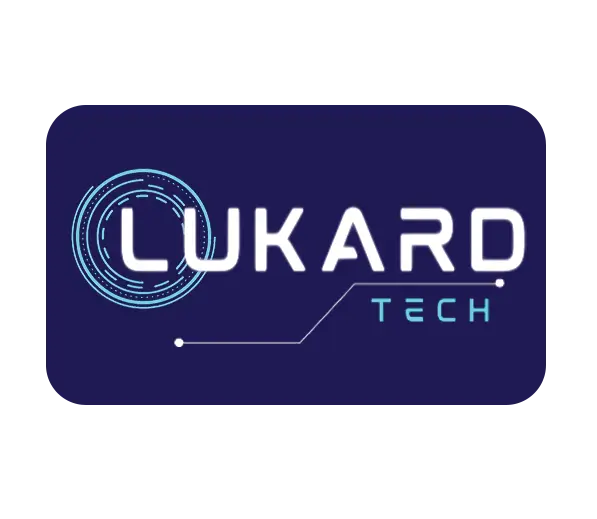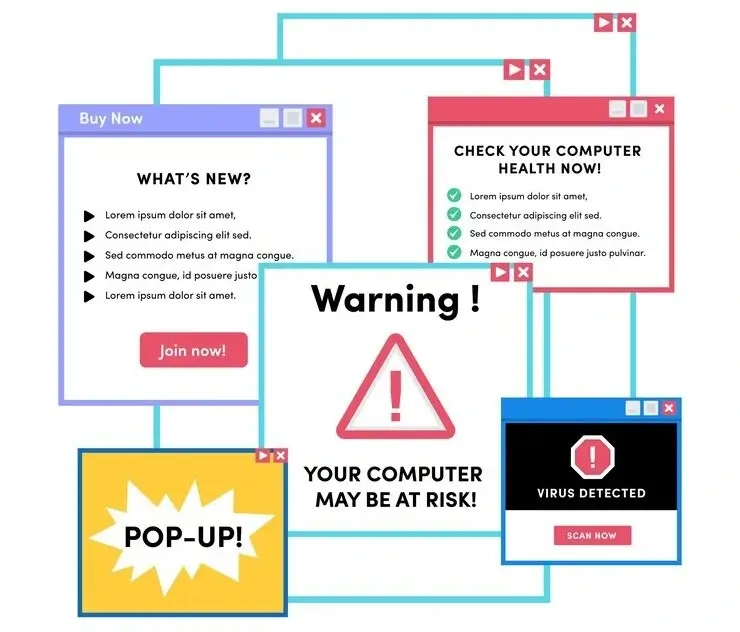Rebranding your business can be a game-changer, breathing new life into your company and helping you stay relevant in a constantly evolving market. Whether you’re looking to change your company’s direction, target a new audience, or modernize your image, rebranding is a strategic move that requires careful planning and execution. Here’s a comprehensive guide to help you rebrand your business successfully.
1. Understand the Need for Rebranding
Before you embark on the rebranding journey, it’s crucial to understand why you need to rebrand. Common reasons include:
- Market Changes: The market has evolved, and your current brand no longer aligns with industry trends or customer expectations.
- Audience Shift: Your target audience has changed, or you want to attract a new demographic.
- Mergers or Acquisitions: Your company has merged with another, requiring a unified brand identity.
- Reputation Management: Your brand has suffered from negative publicity, and you need a fresh start.
- Outdated Image: Your brand identity feels outdated and doesn’t reflect your company’s growth or innovation.
2. Conduct Thorough Research
Research is the foundation of a successful rebrand. It helps you understand your current brand perception, market trends, and competitive landscape. Here’s what to focus on:
- Customer Insights: Conduct surveys, focus groups, and interviews to gather feedback from your customers. Understand their perceptions, needs, and preferences.
- Market Analysis: Study market trends and competitors to identify gaps and opportunities.
- Internal Feedback: Get input from employees and stakeholders. They can provide valuable insights into your brand’s strengths and weaknesses.
3. Define Your Brand Strategy
A clear brand strategy is essential for a successful rebrand. It should outline your brand’s mission, vision, values, and positioning. Key elements to consider:
- Brand Identity: Define what makes your brand unique. This includes your brand’s story, personality, and tone of voice.
- Target Audience: Clearly identify who your rebrand is aimed at. Develop detailed buyer personas to understand their needs and preferences.
- Value Proposition: Articulate the unique value your brand offers to customers. What problem do you solve? What benefits do you provide?
4. Develop a Rebranding Plan
A well-structured plan will guide your rebranding efforts and ensure a smooth transition. Your plan should include:
- Timeline: Set a realistic timeline for the rebranding process, including key milestones and deadlines.
- Budget: Allocate a budget for all rebranding activities, from research and design to marketing and communications.
- Team: Assemble a dedicated team to manage the rebranding process. This may include internal staff and external agencies or consultants.
- Communication Plan: Develop a plan to communicate the rebrand to your employees, customers, and stakeholders. This includes internal announcements, press releases, and marketing campaigns.
5. Redesign Your Brand Elements
Your brand elements, such as your logo, color palette, typography, and messaging, are crucial to your rebrand. Here’s how to approach this:

- Logo and Visual Identity: Work with a professional designer to create a new logo and visual identity that reflect your brand’s new direction.
- Brand Guidelines: Develop comprehensive brand guidelines to ensure consistency across all touchpoints. This includes guidelines for logo usage, colors, fonts, and imagery.
- Website and Digital Assets: Update your website and digital assets to align with your new brand identity. This may involve redesigning your website, social media profiles, and email templates.
6. Engage Your Audience
Engaging your audience throughout the rebranding process is critical to its success. Here are some ways to do this:
- Teasers and Announcements: Create anticipation by sharing teasers and announcements about the rebrand on your social media channels and website.
- Storytelling: Use storytelling to explain the reasons behind the rebrand and how it benefits your audience. Share behind-the-scenes content and interviews with key team members.
- Feedback and Involvement: Encourage your audience to provide feedback and involve them in the rebranding process. This can be done through surveys, polls, and interactive content.
7. Launch and Monitor
The launch is a pivotal moment in your rebranding journey. Ensure it goes smoothly with these steps:
- Soft Launch: Consider a soft launch to a select group of customers or employees to gather initial feedback and make any necessary adjustments.
- Official Launch: Plan a comprehensive launch campaign that includes press releases, social media campaigns, email marketing, and events.
- Monitor and Adjust: After the launch, monitor the performance of your rebrand. Track key metrics such as brand awareness, customer engagement, and sales. Be prepared to make adjustments based on feedback and performance data.
Conclusion
Rebranding your business is a significant undertaking that requires careful planning, execution, and monitoring. By understanding the need for rebranding, conducting thorough research, defining a clear brand strategy, developing a comprehensive plan, redesigning your brand elements, engaging your audience, and carefully managing the launch, you can ensure a successful rebrand that revitalizes your business and sets you up for future success.
Our Website Pricing Packages
-
Essential
-
$300.
-
Customized One-PageWebsite
-
Mobile Responsive Design
-
Basic (Up to 5 Pages)Content Creation
-
Contact Form Integration
-
Maintenance & Support
-
BasicSEO Optimization
-
Hosting Setup
-
Domain Registration Assistance
-
Blog Setup
-
Social Media Integration
-
Google Analytics Integration
-
Payment Gateway Integration
-
Product Catalog Setup
-
Business
-
$672.
-
Multi-Page (Up to 10 Pages)Website
-
Mobile Responsive Design
-
(Up to 10 Pages)Content Creation
-
Contact Form Integration
-
Maintenance & Support
-
SEO Optimization
-
Hosting Setup
-
Domain Registration Assistance
-
Blog Setup
-
Social Media Integration
-
.Google Analytics Integration
-
Payment Gateway Integration
-
Product Catalog Setup
-
E-Commerce
-
$1345.
-
E-CommerceWebsite
-
Mobile Responsive Design
-
(Up to 15 pages)Content Creation
-
Contact Form Integration
-
Maintenance & Support
-
.SEO Optimization
-
Hosting Setup
-
Domain Registration Assistance
-
Blog Setup
-
Social Media Integration
-
E-Commerce Tracking &Google Analytics Integration
-
Payment Gateway Integration
-
(Up to 50 Products)Product Catalog Setup



